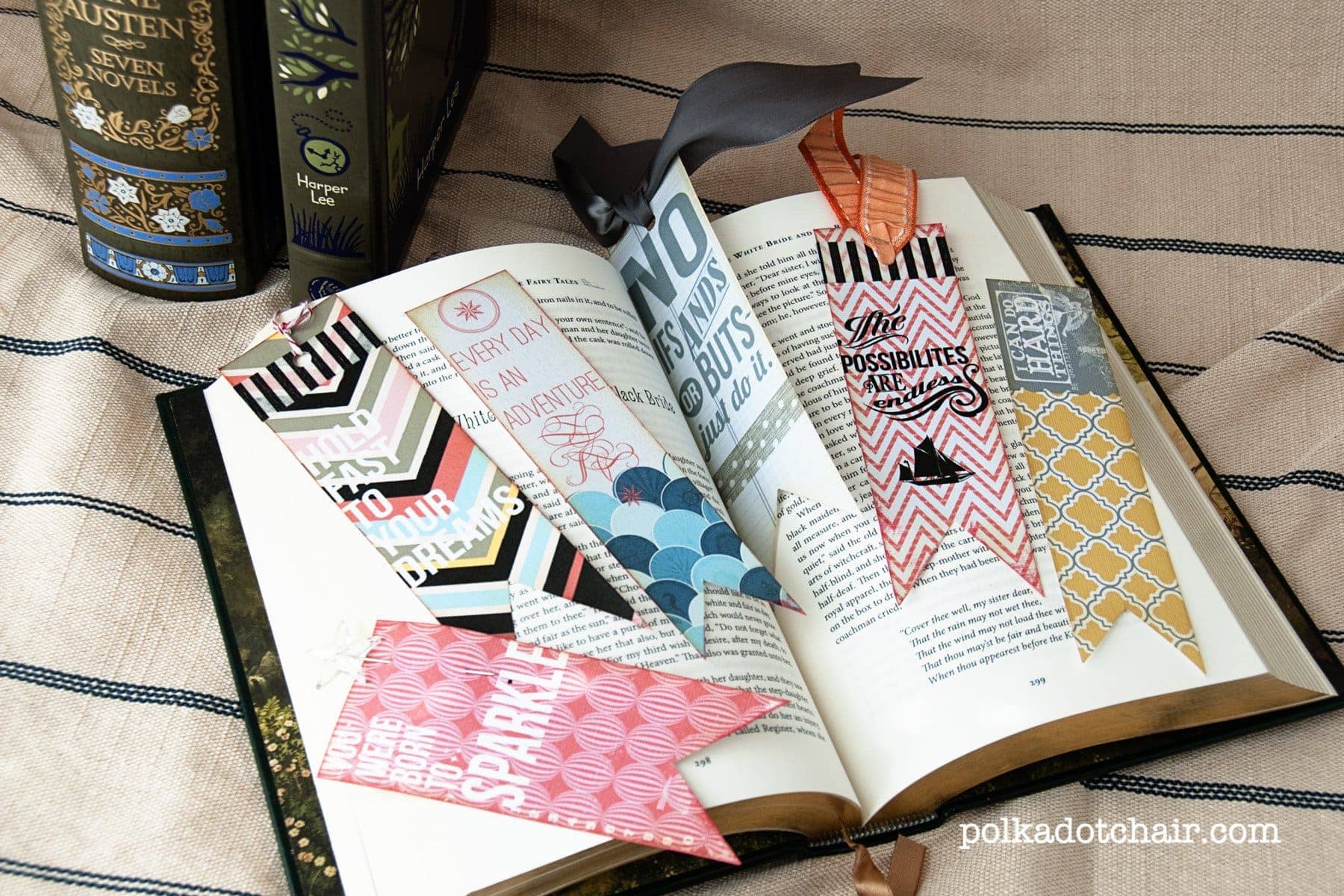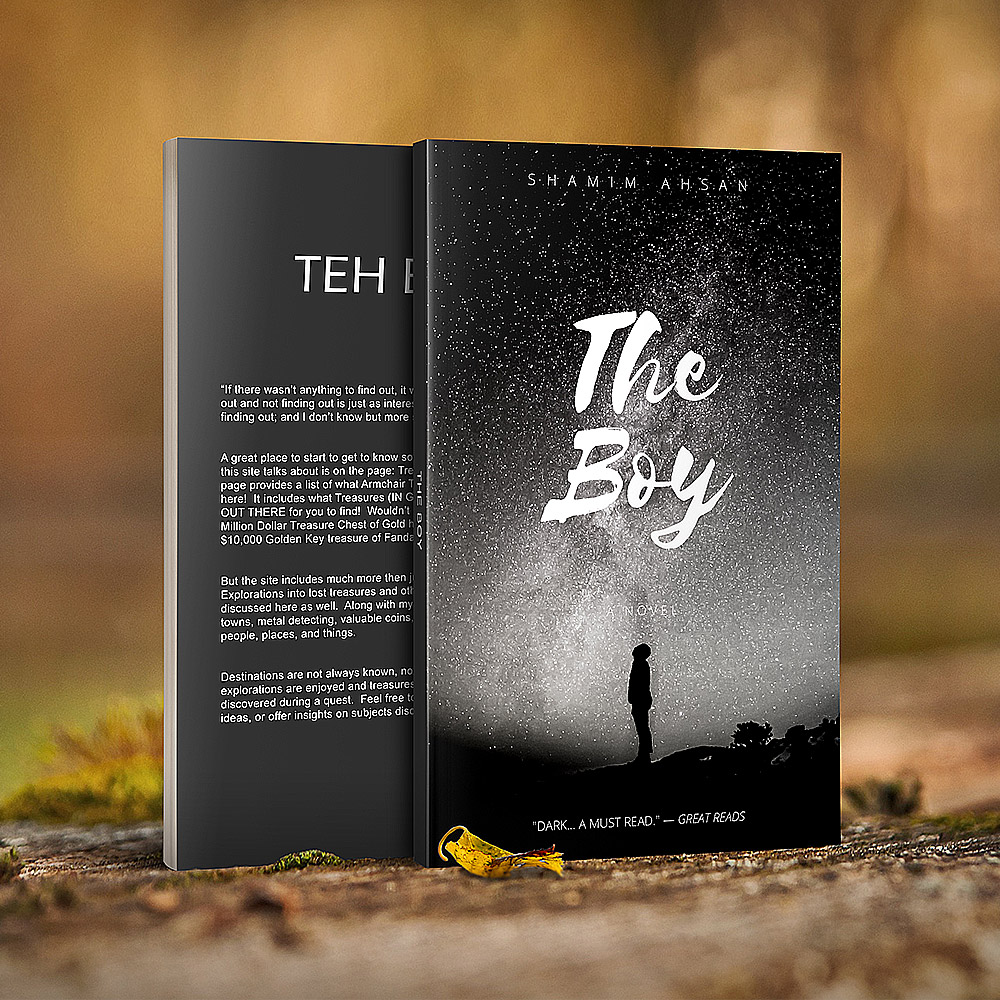Table Of Content

The use of photographs, images, and artwork in your book requires careful consideration. You don't want to bombard the pages with a lot of images and text smashed in between them. Instead, you want the eye to flow easily over the text and images, making the reading experience smooth. Sometimes called a section break, this is a way to tell the reader that something is changing. In a fiction book, a section break may signal a POV shift or act as a sign that time has passed. In a nonfiction book, this usually means that a new topic is starting.
How to make a book with our writing app
Petrides and Grey Gelder agree that while there are fonts designers fall back on, it’s more interesting to use less known typefaces, and introduce handwritten elements where appropriate. Book design mostly takes place on computers these days — but at some point, you’re going to have to turn those digital files into something people can read. Whether you’re looking at rustling up some printed copies or instantly reaching a global audience with ebooks, here are a couple of articles that will get you started. On this page, we’ve collected the best of Reedsy’s articles on book design. For an in-depth greater understanding of how book design can delight the senses, streamline the reading experience, and sell more copies, start here. Not many design books take on that topic, but one of the points we make is that inequity and systemic issues do show up in our built environment.
Pride Publishing
Choosing the wrong font can make for an unbearable reading experience. But you can get a little more creative with chapter headings, page number font, headers, and footers. However, proper justification is different in a book than it is in a word document. Luckily, a lot of book layout tools, such as the one built-in to Atticus, do this automatically. If you're not using a tool like this, you'll probably want to hire a professional for your book's interior design.
InDesign Tips: How Do I Print True Black?
Of course, no conversation about book design is complete without mentioning the printed word itself. Having long since evolved beyond working with mechanical printing presses, the art of type has now entered a glorious, digitally-enhanced golden age. In these articles, meet the people who have dedicated their careers to making letters beautiful and learn the ABCs of typography. Need to know what’s hot and what’s not in the world of cover design? We love writing about book covers and with new exciting designs dropping every year, we’re not running out of inspiration fodder anytime soon. Take a peek at the best-of lists below and prepare to swoon.
Children’s desk
In very basic terms, it makes sense that fonts should be unobtrusive, in as much as the reader doesn’t ‘notice’ the font, simply the words. It’s often said that monospaced typewriter fonts such as Courier are to be avoided in body copy, as the uniform spacing gives too much standout to individual letters. We all know the unspoken rule is you shouldn’t judge a book by its cover. Indeed, in terms of design thinking, there’s a hell of a lot more to creating a beautiful, legible book than what’s on the outside.

Front covers often steal the limelight. Let’s take a few moments to appreciate what’s inside the cover.
The Daily Heller: A Tiny Postage Stamp Book Designed to Save the Sea - PRINT Magazine
The Daily Heller: A Tiny Postage Stamp Book Designed to Save the Sea.
Posted: Thu, 25 Apr 2024 11:00:00 GMT [source]
The drop folio is either centered or flush with the outside (left or right) margins of the page. The typeface for the chapter title is often set similarly to the part title, but somewhat smaller. The design for the chapter number can be very simple or something more elaborate. The word “chapter” is often included in the design of this element, but not always. Part opener pages usually begin on a right-hand page and feature a part number and part title. The title may be followed by a few lines of text, several pages of text, or no text at all.

Anatomy of a book: Front matter, body and back matter
If it's something that goes in your house, chances are Beth knows about it and has the latest reviews and recommendations. Why you can trust Creative Bloq Our expert reviewers spend hours testing and comparing products and services so you can choose the best for you. (These videos are also available on our YouTube channel, if you prefer.) You can also read our blog to learn methods for all sorts of tasks and to find out about InDesign updates. Read this post to take a peek behind the publishing curtain. You may also notice that each sample here contains the same opening text, but the words align differently in each to fit the needs of the page. We’ve worked hard to make this free typesetting and formatting tool available to everyone, and you can sign up to use it right here.
Free Tools & Resources
Decorator's Address Book: 20 interior designers on the best places to shop for wallpaper - Homes & Gardens
Decorator's Address Book: 20 interior designers on the best places to shop for wallpaper .
Posted: Wed, 24 Apr 2024 19:00:25 GMT [source]
In 2023, our firm [Gensler] created designs in over 100 countries. Those designs impacted how millions of people live, work, and play. Design is more than aesthetics; it’s truly about impacting the places and spaces that we live in and go to daily, and those places shape us profoundly.
We discuss these areas as a framework to help people understand how to connect the dots. We believe the book isn’t just for designers, but it’s a call to action for everyone to engage with and appreciate the role that design has in making a difference in the world and in people’s lives. Douglas Thomas is a graphic designer, writer, and historian. He is an assistant professor of graphic design at Brigham Young University. His design work has been featured in Communication Arts, Print, and Graphis. He holds an MFA in graphic design from the Maryland Institute College of Art, where he also taught graphic design, and an MA in history from the University of Chicago.
The principles of layout, type selection and use of imagery are complex; the role of a book designer holds much more than meets the casual reader’s eye. Hiring a professional cover designer is often the best investment an indie author can make. However, not everyone’s budget can stretch a few hundred dollars further, which is why a lot of authors will choose to dabble in design themselves.
This doesn't mean just the line spacing, which should be somewhere between 1.5 and 2.0 in most books. It also means the spacing at the beginning of chapters, at the ends of paragraphs, and even how you use white space. Chapter openers usually begin on a right-hand page for numerous reasons having to do with book production and ease of reading. If you're a fiction author or are writing a text-heavy nonfiction book, our Atticus writing software can take care of book layout for you. There are plenty of book templates to choose from, and you can even select the headers and footers you want to include with the click of your mouse. For beginner interior designers, Interior Design Masters is written by interiors expert Jo Thornhill and judges and contestants on the BBC One show, Interior Design Masters.
Think of the back cover as your tool to "seal the deal" with the potential buyer. The front cover will grab the person's attention, while the back cover will provide more information about the book. First published in 1889 this is a fresh take on Jerome K. Jerome’s classic English story, designed and illustrated by Sarah Ervine. Creative Bloq is part of Future plc, an international media group and leading digital publisher. The result was worth it, and a testament to the drive and vision the studio has become known for.

No comments:
Post a Comment